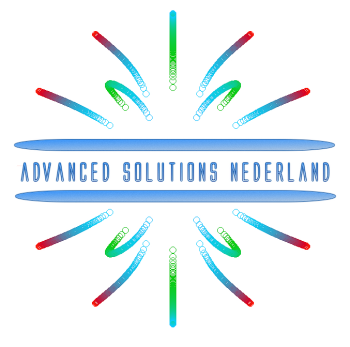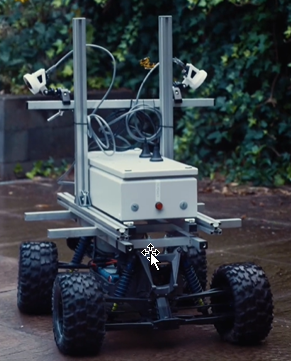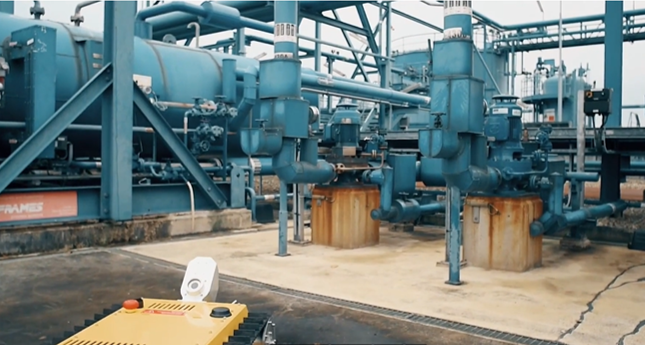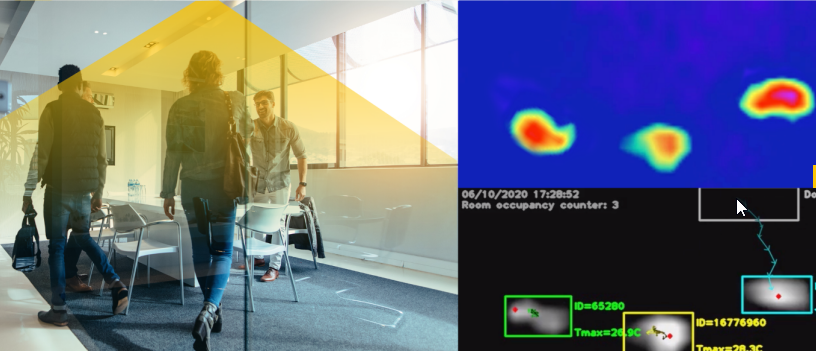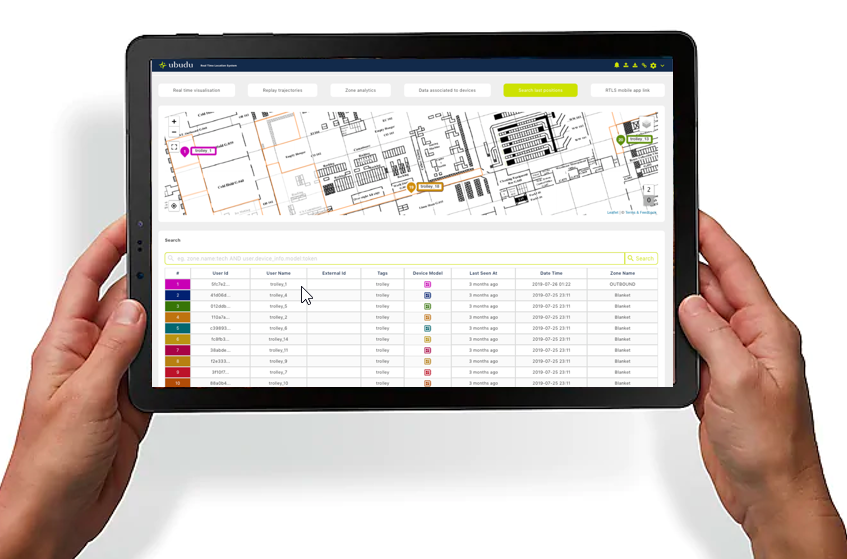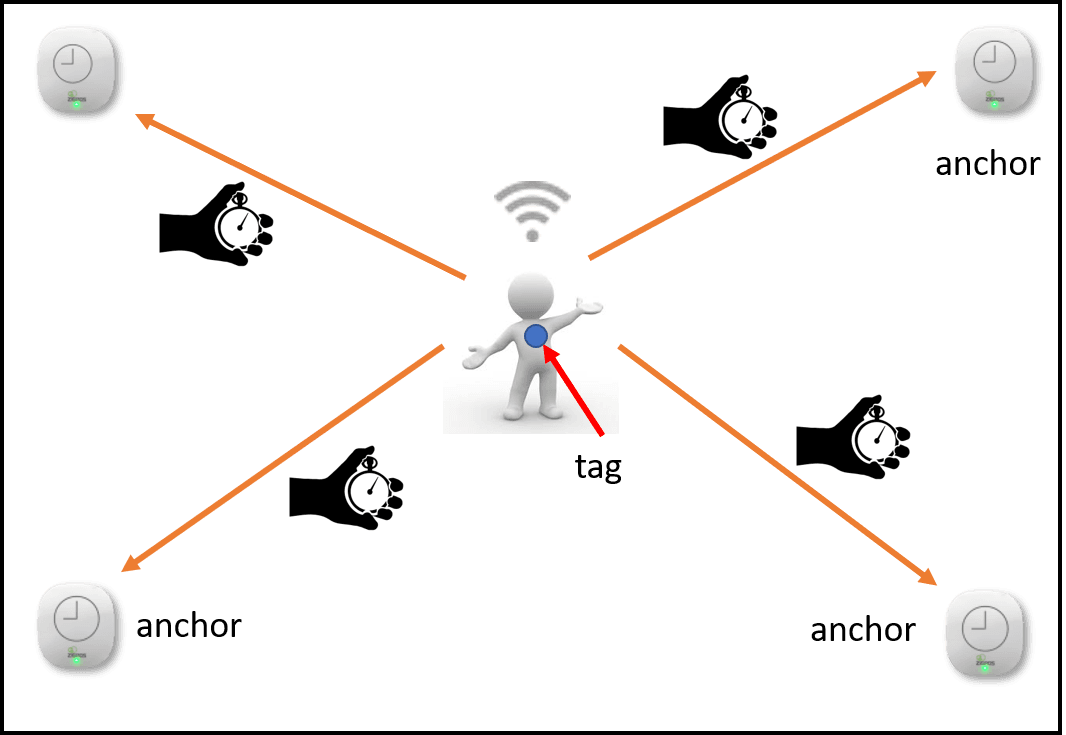Autonomous robots, world-leading software
Autonomous driving using only visual information, eliminating the need for other expensive sensors and maps. Our efforts have resulted in a proprietary tele-operation and autopilot software package.
We navigate our world by using visual information. With the use of cameras, robots can use the same information. There is so much information involved that only a self-learning system can work
Through deap learning we manage
- steering
- speed
- positioning
This allows random routes to be constructed so that robots can move safely.
Safe, clean and cost-effective
This is the highest-performing low-cost thermal sensor, ever
By seeing heat instead of light, a new world of advanced activity sensing is possible—without compromising privacy.
The power of UWB
- State-of-the art UWB radar
- Ten times more accurate than GPS, Wi-Fi or Bluetooth with typical accuracies a good as 30cm.
- Hundreds of metres range with data communication options.
- Very low power and safe for humans – power emission typically a fraction of percent of a typical Wi-Fi router.
- Licence free ISM band, meaning no complicated ETSI/FCC certification and lower implementation costs.
- Penetrates walls and doors, making it ideal for warehouses and buildings.
How RTLS with UWB works
- Anchors are installed on the ceiling on every corner of a room/hall
- A Tracy tag, carried by a person or placed on a object (eg heftruck, box) sends out very short UWB signals
- The anchors are receiving those signals
- The anchors send the timestamps of those signals to the RTLS server
- Tag location is detected in 5ms (per tag!)
5G: enabler for Industry 4.0
5G is a key enabler for Industry 4.0. This involves using Internet of Things, cloud computing and data integration, among other things, to make the production process fully computer-controlled and remote. The human thought process is thereby partially or completely taken over. Due to its high speed and reliability and short latency, 5G is essential within Industry 4.0 for, for example, controlling production lines, facilitating self-driving vehicles and connecting large numbers of IoT devices.
- Super fast connection
- Shorter response times in communication
- Higher reliability, much higher uptime of the network
- Higher capacity: far more devices can be connected. One million devices per square kilometer, a more secure connection ánd the ability to prioritize certain processes and applications.
